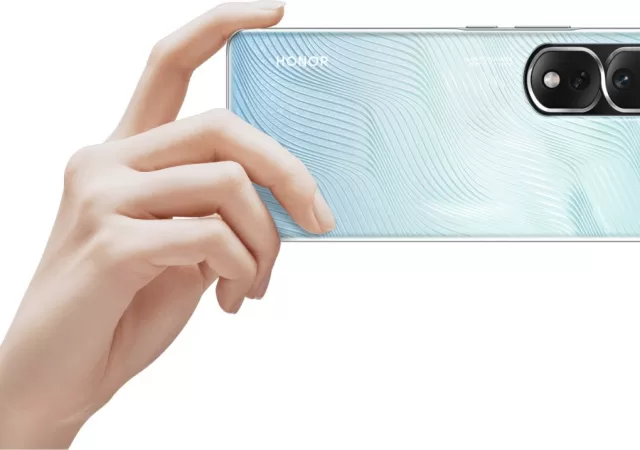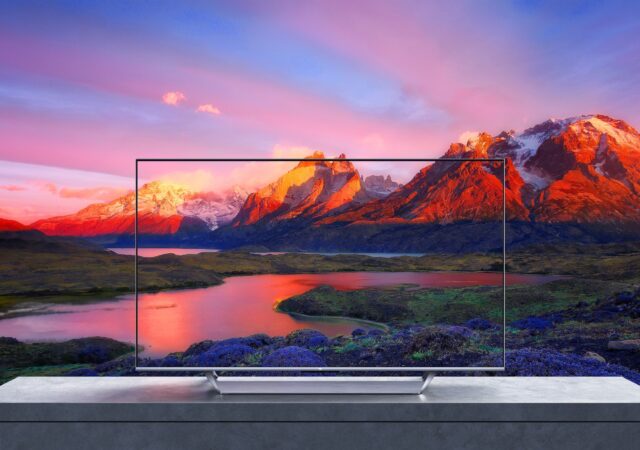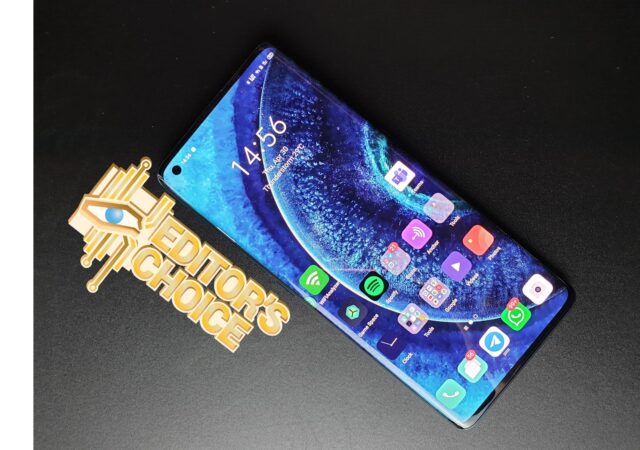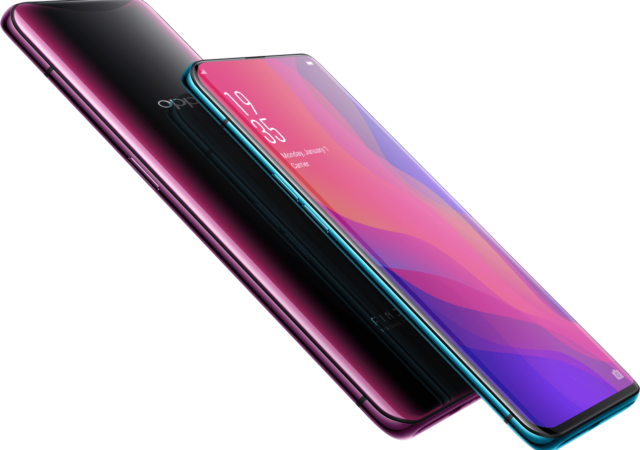Honor has announced the Honor 80 series of smartphones on its official website for China. Three variants of the series, Honor 80, Honor 80 Pro and Honor 80 SE are expected, sporting better cameras, display and faster charging. Honor 80…
realme throws a curve with realme 10 Pro+ 5G launch in Malaysia
realme is bringing the realme 10 Pro+ 5G to Malaysian shores starting the 8th of December 2022. The device promises flagship-level features at an affordable price and a new 120Hz curved display. 120Hz curved display that’s easy on the eyes…
Xiaomi Launches Premium Mi TVs in Malaysia!
Xiaomi bring their Mi TV P1 and Mi TV Q1 into Malaysia. The new Mi TV Q1 offers 4K UHD Dolby Vision and HDR10+ experience at 120Hz.
The OPPO Find X2 In-Depth Review – Ticking All the Right Boxes
The OPPO Find X2 is a fine flagship smartphone that ticks all the right boxes in the flagship segment for MYR 3,999. Is it worth it though?
OPPO Find X2 Specifications Leaked Before Launch!
The Oppo Find X2 specifications has been leaked way before the launch of the phone.







